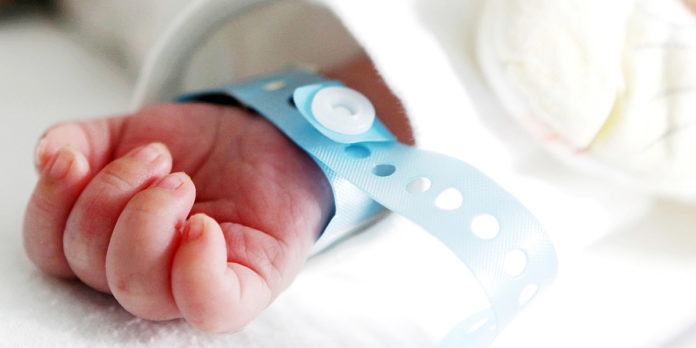La Trobe University researchers have found indications that prenatal sex selection is taking place in Victoria, despite legislation that bans the practice.
In the first study of its type in Australia, researchers have revealed that a cultural preference for sons among some ethnic groups has led to more boys than girls being born in Victoria in recent years.
While the naturally occurring ratio worldwide is 105 boys born to every 100 girls, the new findings show there were 108 and 109 boys born to Indian and Chinese-born mothers from 1999-2015 in Victoria.
Lead researcher and epidemiologist Dr Kristina Edvardsson – from La Trobe’s Judith Lumley Centre – said this skew towards boys indicates prenatal sex selection, following migration from countries where these practices have been documented.
“Our research revealed a higher than expected proportion of male births to mothers born in India, China and South-East Asia,” Dr Edvardsson said.
“When comparing registered births of all first generation migrants to registered births of Australian-born mothers, we found the number of male births among Indian and Chinese-born mothers was highest in the last five-year period with 122 and 125 boys born to every 100 girls, respectively if the mother had two or more previous births.”
“In comparison, Australian-born mothers with the same number of previous births had 105 boys for every 100 girls during the same period.”
Dr Edvardsson said these figures show gender bias has remained persistent in Victoria despite legislation that bans people from choosing the sex of their child, other than for medical reasons.
Since 2004, sex selection has been prohibited throughout Australia, with the exception of situations where there is a risk of transmission of a genetic condition, disease or abnormality that would severely limit the quality of life of the person who would be born. A number of states, including Victoria, also have legislative prohibitions on sex selection during assisted reproduction.
“We believe that some women may be terminating pregnancies after discovering they are expecting a girl and in other cases are travelling overseas to access non-medical sex selection services through assisted reproduction.”
“We know even Australian-born women and men can choose to go overseas and select the sex of their baby, but what we can see from the sex ratios in the Australian-born group is that it’s not skewed to any gender.”
“We have no evidence to suggest that medical practitioners are allowing this to happen in Victoria.”
Dr Edvardsson said son preference and sex selection have implications at both individual and societal levels.
“Marriage squeeze is one of the most debated societal consequences,” Dr Edvardsson said.
“However the social, cultural and economic implications for Australian society are yet to be investigated.
She said policy makers should identify signs of gender discriminatory practices in pregnancy and childbirth and strengthen efforts to promote gender equality.
“The findings are not unique to Australia. Similar studies have identified prenatal sex selection among some migrants is also happening in other high income Western countries such as the US, Canada and the UK,” Dr Edvardsson said.
“More recently, a blood test has been made available to learn the sex of a baby as early as 10 weeks. There is this fear that the test will further influence the rate of pregnancy termination for unwanted foetal sex,” Dr Edvardsson said.
Abortion is available on request in Victoria if the woman is not more than 24 weeks pregnant. The Non-invasive Prenatal Testing (NIPT) is available from 10 weeks. Determining sex through ultrasound is usually scheduled at 20 weeks.
“I think it’s important to monitor this issue because our data indicates sex-selective practices are continuing in some migrant communities in Victoria, irrespective of legislation.”
Dr Edvardsson is now extending this research nationwide to look at patterns across other states and territories in Australia.
The research was published in the International Journal of Epidemiology.
(Source: La Trobe University, International Journal of Epidemiology)




 (3 votes, average: 3.67 out of 5)
(3 votes, average: 3.67 out of 5) 






